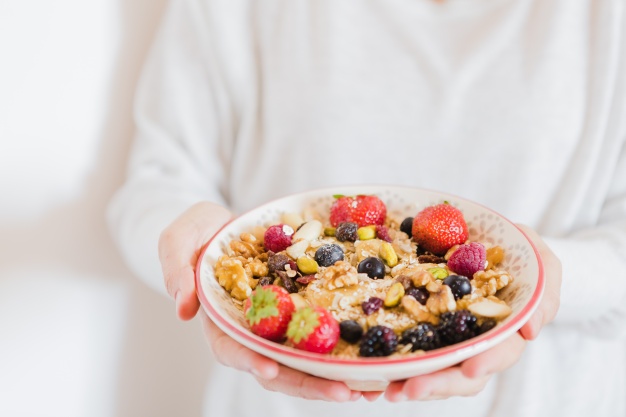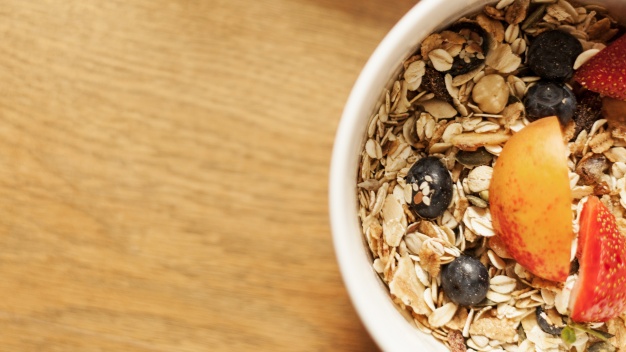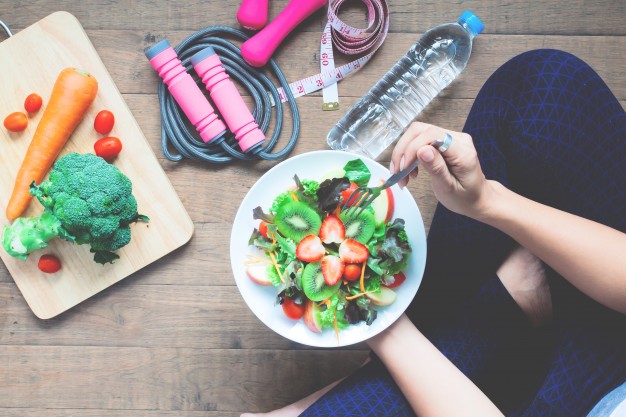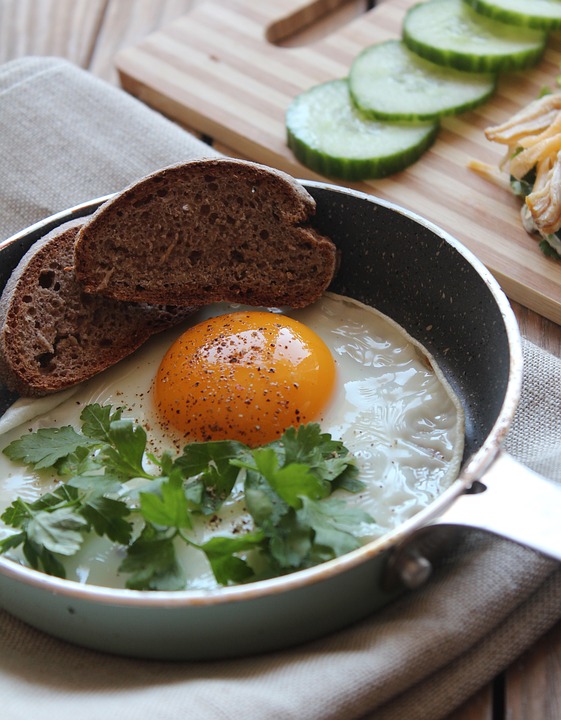
It’s 3 am. Sharp pains have suddenly awakened you. Last night’s memories of a fab dinner with friends now clash uncomfortably with the real time sensations of a full-fledged nuclear war in your stomach.
Indigestion is more common than you think. Symptoms include acidity, nausea, bloating, belching, burning sensations in the stomach or the upper abdomen, abdominal pain, gas and even vomiting.
Sometimes confused with heartburn, indigestion could be attributed to a number of causes from medical conditions (ulcers, irritable bowel syndrome, stomach infections and more) to medication (aspirin, painkillers, antibiotics, oral contraceptives). Lifestyle habits (eating too fast, eating in huge quantities, eating food that’s high in fat or eating under stress) are also culprits. Additionally, if you consume too much alcohol, smoke too much or are stressed or fatigued, you are more prone to indigestion than others. Here’s what you should -and shouldn’t -eat to help you ease the digestive process.
Stomach this Fibre: Foods high in fibre are wonderful for your digestive system. But there’s no need to scarf down unappetising or strange foods. You need to up your intake of wholewheat bread, brown rice, oats and beans, fruits and vegetables.
Water: Water is a key lubricant for your digestive system. It facilitates the easy movement of waste, softening your stools in the process, helping prevent constipation. It also helps your body break down the food you have eaten.
Drink 8-10 glasses a day.
Drinks: Caffeine-rich drinks such as colas, teas, coffees and other fizzy drinks worsen indigestion as they increase the level of acidity in your body. Fizzy beverages also lead to bloating. For relief, ditch the above for herbal teas, milk or just plain water.
Probiotics: Probiotics are `good’ bacteria, which are natural ly found in the gut, and have been associated with host of health benefits, including aiding digestion.
Food companies have started producing probiotic milk, drinks, dahi and even ice-creams.
NOT THIS Spices: In India, it is as hard to let go of spicy foods as it is to limit your intake of tea and coffee. Spices have been known to trigger stomach ache and heartburn, so if you find yourself in pain or discomfort regularly, try and limit your consumption of heavy, spicy meals. And if you can avoid spices completely, nothing like it!
Fat: Your body finds it harder to digest fatty food items like burgers, French fries and samosas. And this is why they cause you a great deal of discomfort. The more you cut back on difficult-to-digest fried and greasy foods, the more your stomach will thank you for it. Bumping up your intake of skimmed milk and low-fat foods will spare you both the pain and the weight gain.
While this is a general list, it’s always best to keep track of the foods that work or don’t work for you. Try and keep a diary of the food you eat for a week or two to figure out what’s behind that episode of nausea or gas. You may even realise that you are lactose intolerant, and that dairy was the culprit after all.
And lastly, please do take time out for yourself to relax your mind, and ease your stress. Indigestion is aggravated by anxiety and it’s important to free your mind to free your body.







